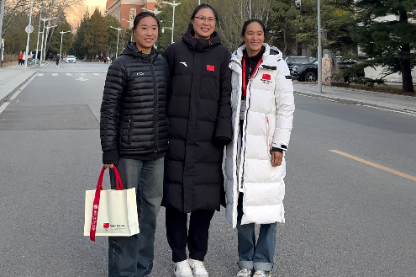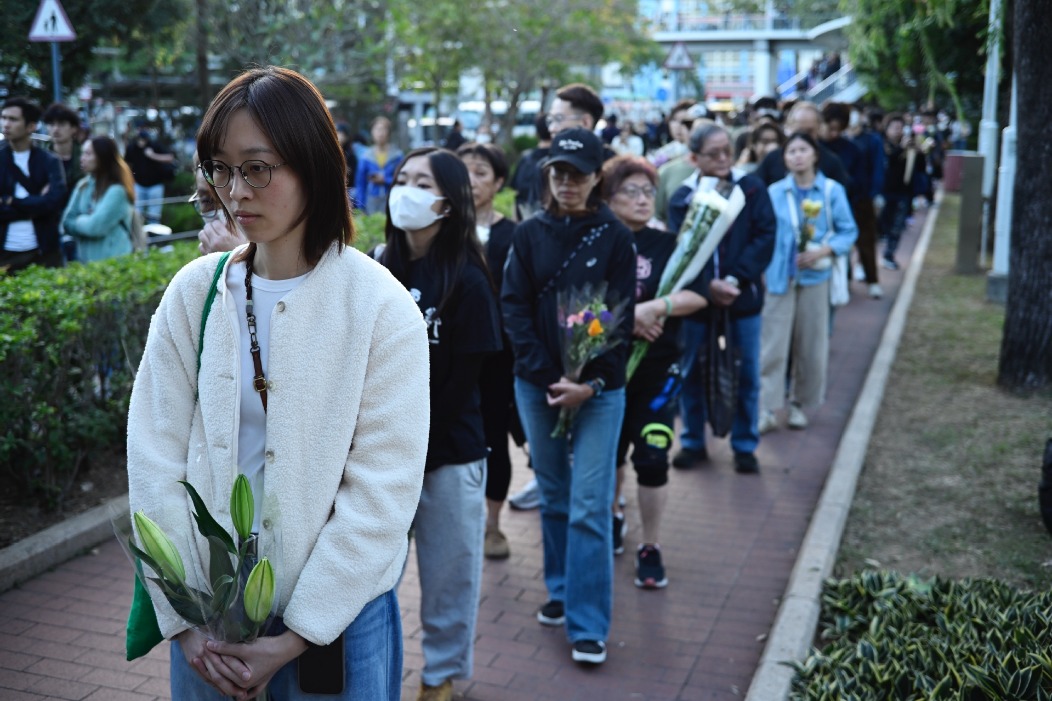Policies promoted to solve population problems

Timeline
1949-53: The government encourages couples to have more children.
1960-70: China considers introducing a family planning policy, but decides not to implement a program.
1971: The State Council, China's Cabinet, approves a report on family planning that advocates couples should have no more than two children.
1973: The government proposes a policy advocating later ages for marriage. For men, the age is 25 and older, while it is 23 and older for women. The policy also urges couples to have no more than two children.
1978: Family planning is written into the Chinese Constitution for the first time.
1980: China calls for couples to have only one child to check rapid population growth.
1982: The State Council releases a directive proposing that couples in rural areas who have a daughter can have a second baby.
1984: Restrictions are relaxed on the rural population, allowing couples to have two children under certain circumstances.
2002: Couples in which both members are the only child of their family are allowed to have a second child.
2013: Couples in which one member is an only child are allowed to have a second child.
2015: The universal second-child policy is released, allowing all couples to have two children.
- China planning to raise age limit for blood donors, shorten the minimum interval
- Breakthrough in BMI tech aids patients
- Chinese technique for making ultrathin metal films named top 10 scientific breakthroughs
- Former senior political advisor of Sichuan sentenced to 14 years
- Beijing has undergone dramatic improvements since 2017's revamped development plans
- AI open alliance launched to pool resources for innovation and application





































